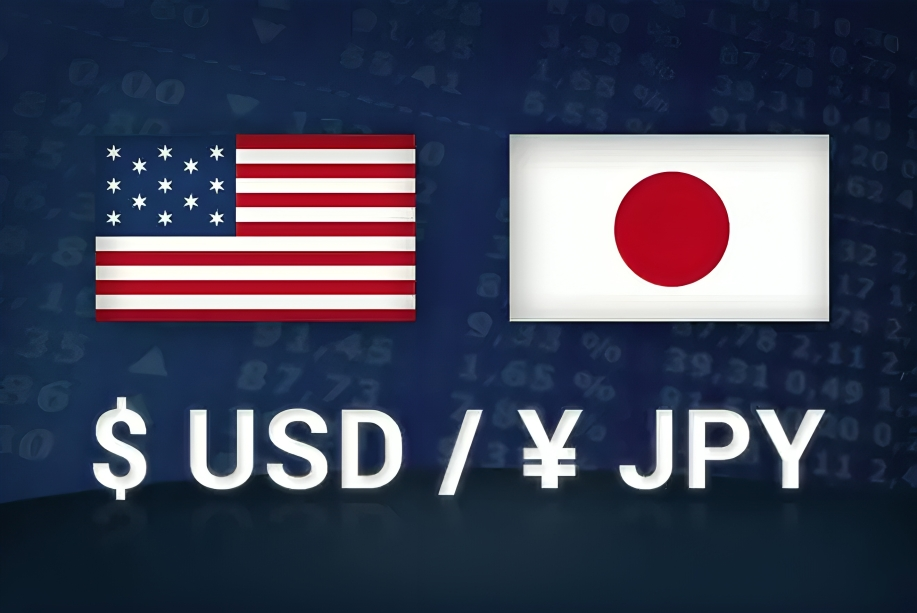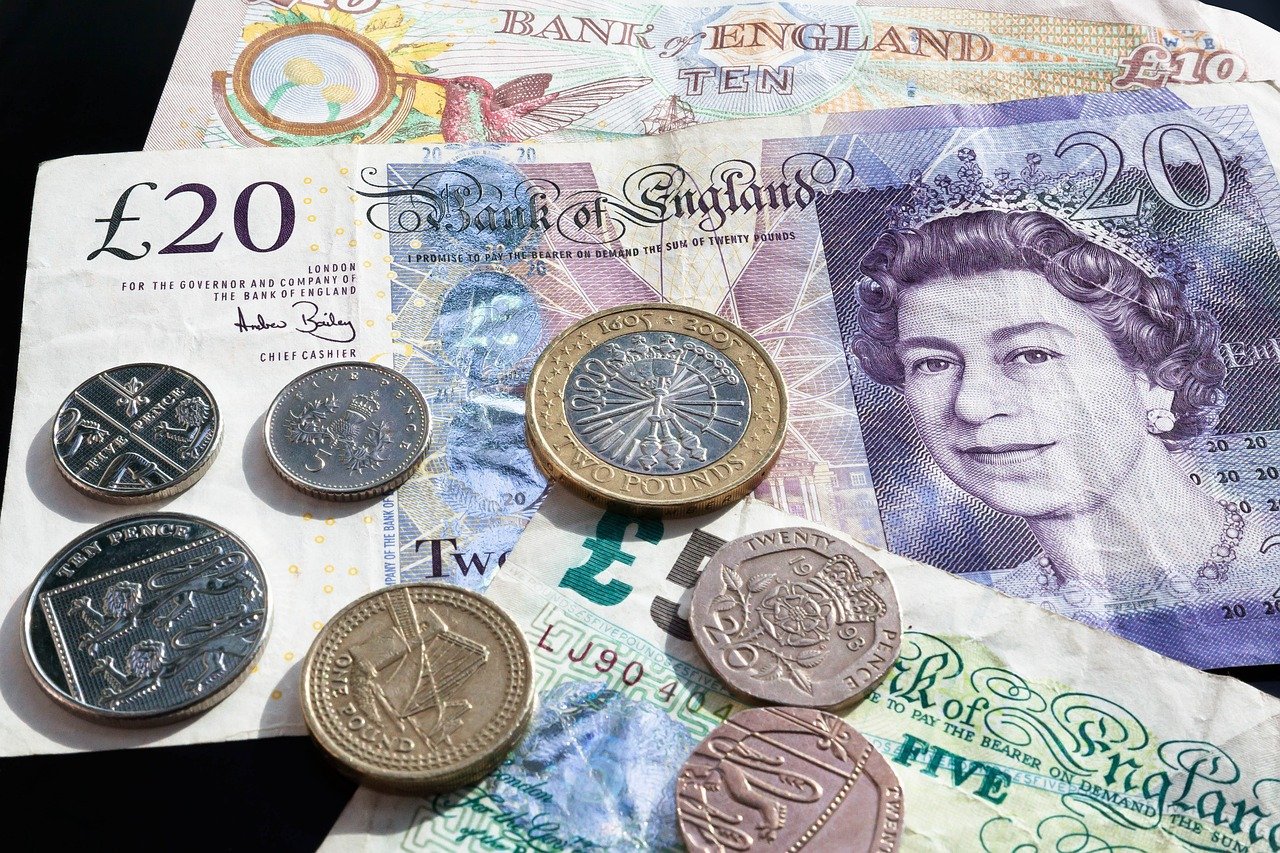The Australian Dollar (AUD) continues to struggle as the US Dollar (USD) strengthens on the back of rising geopolitical tensions and poor US economic data. Heightened fears of Middle East conflicts, possible trade disruptions, and aggressive US tariff policies by President Donald Trump have shaken global markets, lifting safe-haven demand for the USD. While the Reserve Bank of Australia (RBA) remains optimistic about cuts in interest rates in the future, providing some boost to the AUD, stimulus measures by China provide some cushioning for the Aussie Dollar. Although trade anxieties on the horizon and softer US retail data remain dampeners for investor moods.
KEY LOOKOUTS
• Increasing Middle East tensions and assertive US policy measures continue to drive safe-haven demand for the US Dollar, exerting downward pressure on the Australian Dollar.
• The Reserve Bank of Australia’s reluctance to cut interest rates could give the AUD temporary support, depending on inflation patterns and world economic conditions.
• Optimism from China’s consumption-stimulating measures could be a boon to the AUD, considering Australia’s robust trade relations with China.
• The AUD/USD currency pair can test the crucial resistance level of 0.6408. A break can reach 0.6480, and strong support is found at 0.6330 and 0.6311.

The Australian Dollar (AUD) is under a challenging trading scenario with increasing geopolitical tensions and the US Dollar (USD) strengthening, bolstered by safe-haven demand and threats of tariffs from the Trump administration. Though soft US economic data, including disappointing retail sales and weakening consumer sentiment, put a cloud of uncertainty over the outlook for the USD, the AUD is under pressure from worries of global trade dislocation and Australia’s exposure to commodity markets. Nevertheless, the Reserve Bank of Australia’s prudent stance on cutting interest rates and China’s recent stimulus package targeting consumption provide some glimmer of support for the Aussie. Technical levels indicate a possible bullish shift in the AUD/USD, but future upside will rely on global risk appetite and core economic events ahead.
The Australian Dollar is still pressured as the US Dollar consolidates its gains on renewed geopolitical tension and uncertainty about trade. Yet, prudent RBA policy and China’s economic stimulus offer support. Market attention now turns to significant technical levels and prospective economic indicators.
• The Australian Dollar weakens as geopolitical tensions drive demand for the safe-haven US Dollar.
• RBA Assistant Governor Sarah Hunter gives a nod towards cautiousness with future rate cuts.
• Dismal US Retail Sales and weaker consumer sentiment place pressure on the USD outlook.
• US President Trump’s proposed reciprocal tariffs and no exemption for steel and aluminum affect Australia’s trade outlook.
• China’s specific action plan to stimulate consumption provides regional market assistance, supporting the Aussie Dollar.
• AUD/USD is traded around 0.6380, with possibilities to test the resistance at 0.6408 and trend towards 0.6480.
• The investors are careful as the ongoing global economic and political events are still driving currencies.
The Australian Dollar is under pressure as geopolitical tensions rise, especially in the Middle East, where the US has reasserted its military presence. The increased global uncertainty has fueled demand for the US Dollar, which is commonly regarded as a safe-haven asset during periods of crisis. Concurrently, economic issues in the US, including soft retail sales and a precipitous decline in consumer sentiment, have created an additional layer of sophistication in overall market sentiment. Though these contribute to market volatility, the general global backdrop still plays a role in currency movements, including the AUD.
AUD/USD Daily Price Chart

Chart Source: TradingView
Domestically, the Reserve Bank of Australia (RBA) has adopted a conservative view regarding future interest rate reductions, hinting at a more prudent strategy than what the markets had predicted. This occurs as Australia’s trade environment is also under threat from the US administration’s refusal to remove tariffs on Australian steel and aluminum exports. But recent Chinese efforts to trigger its economy—like increasing household consumption and stabilizing markets—provide a glimmer of hope for Australia’s economy, considering China’s vital position as an important trading partner.
TECHNICAL ANALYSIS
AUD/USD pair still has a bullish tilt as it still moves in an upward channel in the daily chart. The currency pair is presently trading close to 0.6380, and the impetus is buoyed by the 14-day Relative Strength Index (RSI) being sustained above the 50 level, which shows strength on the buy side. In case the pair continues to go higher, it could try and test the new high close to 0.6408. However, levels of support close to 0.6330 and 0.6311 are pivotal; a break below these might spell a change in trend and usher in more downward pressure.

FORECAST
If sentiment in the market is bullish and geopolitical tensions between nations become less, the Australian Dollar may recover strength, provided that China’s economic stimulus initiatives begin to yield more positive results. Increased stability globally, along with a prudent but consistent monetary policy by the Reserve Bank of Australia, could be a basis for AUD recovery. Moreover, if future US economic data continues to underperform, it may devalue the US Dollar and lend support to a bullish trend in the AUD/USD currency pair. Strong commodity demand and positive risk appetite can further drive the Aussie higher in the short term.
On the bearish side, the Australian Dollar is exposed to sustained geopolitical tensions and escalating global uncertainties, especially with regards to US trade policies and military aggressions. Continued resilience of the US Dollar, fueled by safe-haven flows and possible policy changes by the Federal Reserve, may put further pressure on the AUD. Additionally, if the recovery in China slows down or Australia continues to encounter more trade-related issues, the AUD might not be able to gain strength, making a decline in the AUD/USD pair more likely.







